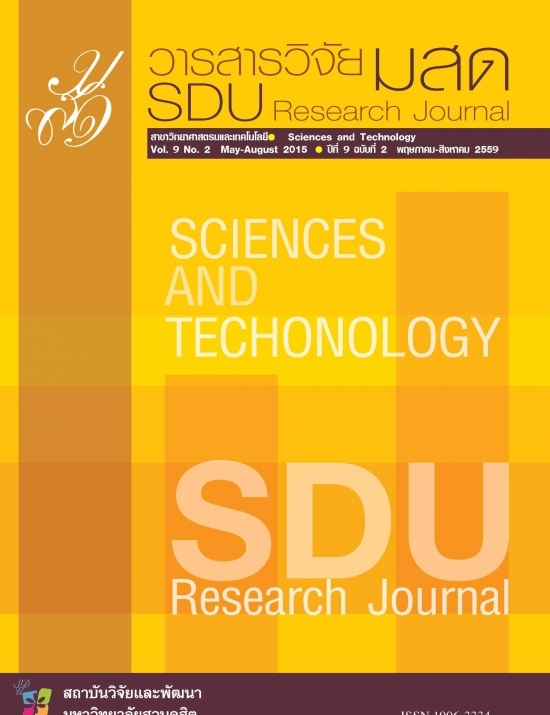Synthesis of ZnO/CuO Nanocomposites Against Pathogenic Bacteria for Application in Food Packaging
Keywords:
Antimicrobial, CuO nanowire, ZnO/CuO nanocompositesAbstract
Pathogenic bacterial infections from food via environment have been of
considerable importance in recent years. The development of metal oxide material for
antimicrobial food packaging is a potential way to reduce pathogenic bacteria in food. The
ZnO and CuO have the unique properties to stop growth rates of pathogenic bacteria. This
study sought to improve the synthesizing of ZnO/CuO nanocomposites via a
co-precipitation method. The effect of inorganic salt addition and the precursor mole ratio
of Zn2+ to Cu2+ were studied. The particle size and morphology were characterized by field
emission scanning electron microscopy (FESEM) and energy-dispersive X-ray spectroscopy
(EDX). The phase compositions were confirmed by X-ray diffraction infrared spectroscopy
(XRD). The antimicrobial activity of the nanocomposite samples was investigated using a
modified agar well diffusion method with Escherichia coli (E. coli) and Staphylococcus
aureus (S. aureus) for Gram-negative and Gram-positive bacteria, respectively. The results
indicate that well dispersion and mixing between ZnO and CuO in nanocomposite samples
occurred. In the best condition, the nanocomposite samples showed an excellent
inhibitory effect which was better than the commercial ZnO, nanoZnO and industrial ZnO
and CuO. This study suggested that these ZnO/CuO nanocomposites can be potentially
utilized in antimicrobial food packaging.








